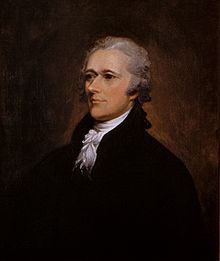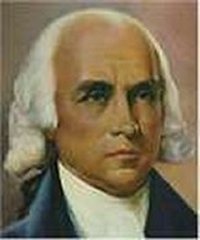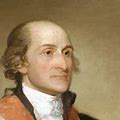In this Introduction to the Federalist Papers I attempt to describe what they are, why they were written, and why we consider it important to learn about them.
We are old-school and have deeply held beliefs about the founding of our Constitutional Republic. We believe today, perhaps more than ever, it is vital to our youth to know and to understand the history of America. We believe the youth of today are purposely and willfully being denied this information. These documents are readily available from a number of sources. We include them here in the hope that maybe someone will see them for the first time and come to appreciate the making of America was a great experiment, established by educated men of good intentions doing the best they knew how to do under circumstances never before seen in the history of civilization.
The Federalist Papers are a series of 85 articles written “to the People of New York” and published from October of 1787 through May of 1788. Their purpose was to examine every facet of the proposed Constitution and to answer every objection. Their goal was the ratification of the Constitution by the state of New York. The Constitution had been approved by the Congress and sent to the states for ratification on September 17, 1787.
The state of New York did ratify the Constitution on July 26, 1788. It was the eleventh entity to ratify followed by North Carolina and Rhode Island.
All of the essays were signed “PUBLIUS” and the actual authors of some are under dispute, but the general consensus is that:
 Alexander Hamilton wrote 52,
Alexander Hamilton wrote 52,
 James Madison wrote 28, and
James Madison wrote 28, and
 John Jay contributed the remaining five.
John Jay contributed the remaining five.
There was another group of “Anti-Federalists” who wrote a series of articles challenging these essays. They can be found at the Founders-corner-library and other sites. Generally speaking, the Anti-Federalists believed in decentralized local government. They decided that the new Constitution threatened the power of the states, which was, to them, the logical basis for government.
It’s hard to believe today how avid was some of the opposition to the Constitution. The colonists had overthrown one tyranny and were not about to support another. The first fourteen articles defend the whole idea of America being one nation with one strong central government. The first Anti-Federalist paper states “better remain single and alone, than blindly adopt whatever a few individuals shall demand, be they ever so wise. I had rather be a free citizen of the small republic of Massachusetts, than an oppressed subject of the great American empire.”
Some of the fears of the power of the federal government upon ratification were allayed by the passage of the first ten amendments, the Bill of Rights in 1791.
Commentary and essays about the Federalist Papers may be found on several websites including:
www.gradesaver.com/the-federalist-papers/study-guide/
www.teaparty911.com/federalist-papers-summaries/
www.sparknotes.com/history/american/federalist
One of the best websites available for those interested in Early American history is The Patriot Post.
America’s most widely read Internet-based publication, The Patriot Post, is a highly acclaimed journal advocating individual liberty, the restoration of constitutional limits on government and the judiciary, and the promotion of free enterprise, national defense and traditional American values.
The Patriot Post provides a service of e-mailing a “Founder’s Quote” daily which includes many from the Federalist Papers. I’ve found that most of the quotations have meaning in today’s world equal to that of Early America.
